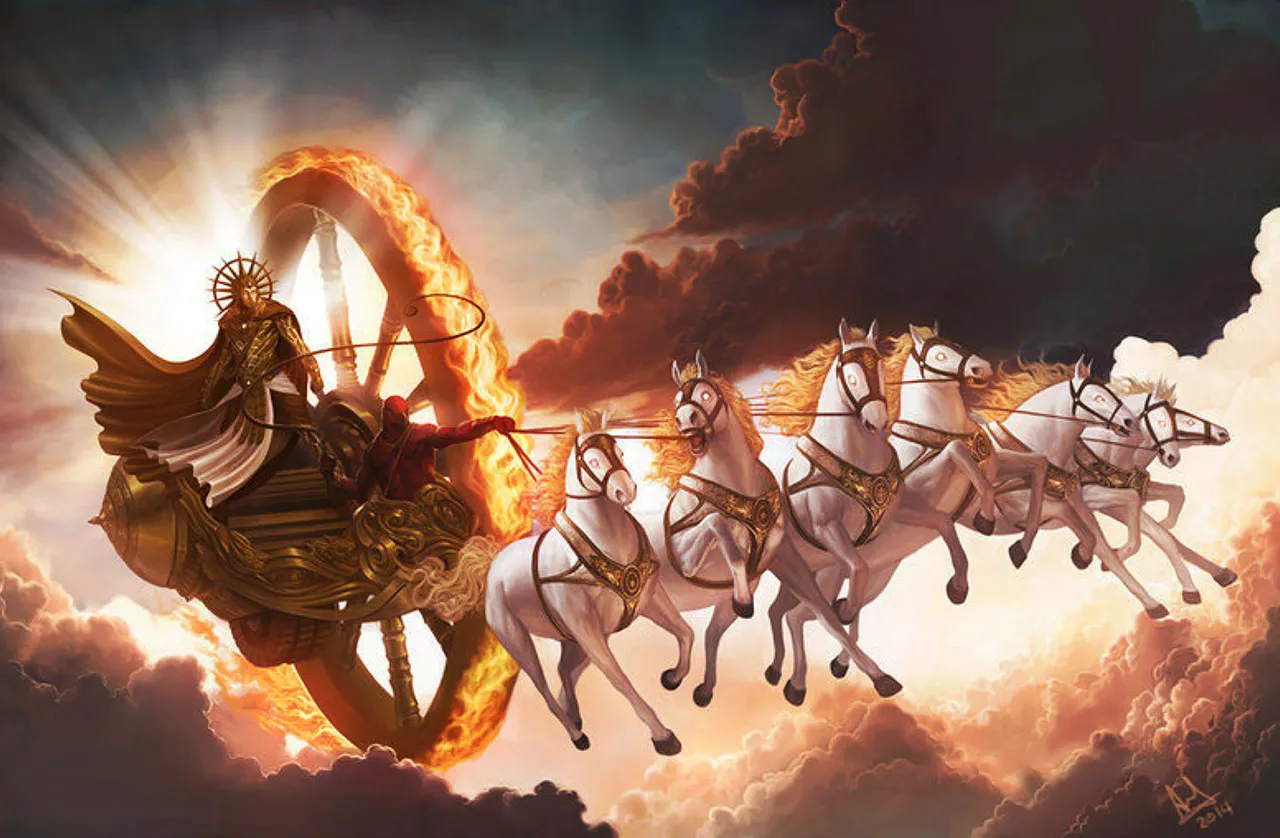
Out of the outside
ASHVINI
Ashwini, the beginning of everything, especially Ketu's energies, is represented in the celestial firmament by two bright stars in the constellation Aries. Ancient Vedic visionaries saw the constellation Libra in the shape of a head, and thus these two stars seemed to form the same pattern. These stars in modern astronomy are known as Alpha Aries Hamaland Beta Aries Sheratan Alpha Aries is slightly brighter, but its apparent value is 2.02, while Beta Aries has a visible value of 2.66.
These relatively bright stars lie very close to the planetary ecliptic, right under the bright constellation Andromeda and are easy to find with the naked eye at night in the sky.
Name
Ashwini can be translated either as Born by a Horsewoman or Horish Woman. The first translation is more understandable, and the second one leaves doubtful whether it meant a woman rider or a woman with a horse head. Most likely, the latter was meant after all.
Another name of Ashwini If someone had a chance to communicate closely with horses, he could probably feel that the horse's head conveys a certain feeling of sensitivity and vigilance.
Ashwini, who is at the beginning of the zodiac, in the first sign of Aries, which is considered as the head of the purush kala (eternal existence), in any case, somehow had to be tied to some head.
Of course, the brain, the controlling organ of all body functions, is also connected to the head. It follows that Ashwini is associated with mental impulses and leadership qualities. Horses are nervous, fussy and at the same time tied animals. Therefore, this nakshatra carries all these qualities to a large extent.
An alternative symbol of the kashtra is a horse sled of two horses carrying two people. This symbolism is associated with the patronizing deities of this naqshatra and emphasizes the need for movement and communication with the transportation and transportation of all kinds.
This movement may be associated with material transportation on earth or with travel between other worlds, spheres or planes.
Governing Deity
Ashwini Kumara, two heavenly riders are considered the main deities of this nakshatra. Their names - Dashra and Nasatya - are translated as bring help and truthfulness. respectively. There is not a single ancient culture in which there are no stories and legends bearing this symbolism. In fairy tales, two brothers often travel and solve the problems of those they meet on their way.
In the Vedic legend, Ashwini Kumara are twins who were born from the union of the Sun and his wife Sanyana when they were embodied as a stallion and mare. The full history of their relationship can be read in the author's previous book - The Sun is a Space Power Plant
These two brothers are designated as heavenly doctors in Vedic texts. That's where this nakshatra's abilities to heal and rejuvenate come from. Ashwini Kumara presumably have knowledge of all herbs physically and astrally; they must have supernatural power and can cure any disease and correct any problems.
They are particularly concerned about the frictions and obstacles that couples may have. Thus, Ashwini is a nakshatra that sposos
Ashvayuj can be translated as the one who slurred the horse. And here again you can see a strong emphasis on some connection between a horse and a woman, the root of which we can find when we reach the study of the ruling deity of Naqshatra.
Symbol
The main symbol of Ashwini is the head of the horse. As we can see, this symbol is associated with its name. The horse's head expresses the idea of the beginning of anything. You can notice how riders stroke a horse on the head before starting any trip. Since time immemorial, the horse has been a symbol of power, courage, movement and vitality.
The horse's head will mean the desire for action, the speed of approach. The horse, as we know, is always ready for any trip, not for its own finish, but for rider purposes